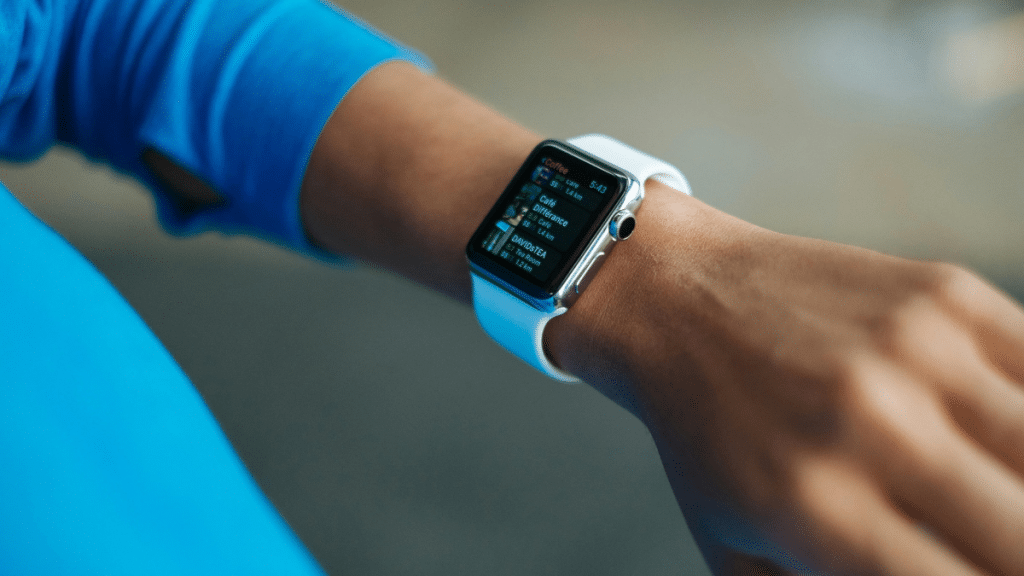In the age of artificial intelligence, the quest for peak human performance has evolved into a data‑driven revolution. No longer confined to punch‑in workouts or fad diets, modern biohacking leverages AI, biometric sensors, genetic profiling, and emerging technologies to fine‑tune strength, vitality, and longevity at the molecular level.
From Wearables to AI Supervision
Early biohacking was nostalgic: fitness trackers, sleep rings, or DIY supplement stacks. But today, AI platforms analyze billions of data points—genome, microbiome, biomarkers—to deliver highly personalized recommendations on nutrition, movement, and cellular recovery.
At conferences like Biohackers World in Los Angeles, top experts illustrate how AI-powered diagnostics can reduce misdiagnosis by as much as 90% and deliver tailor‑made health plans with unprecedented accuracy.
Osteo-integrating Strength: Not Just Muscles, but Bones
Human strength isn’t just muscle—it’s skeletal integrity. One star example in this emerging ecosystem is OsteoStrong: a precision-engineered skeletal conditioning system designed to support bone density, balance, and posture. Featured in the upcoming documentary Biohack Yourself on Amazon Prime and endorsed by biohacking luminaries like Ben Greenfield, OsteoStrong represents a fusion of data, science, and high-impact emulation without physical stress.
Biohackers and longevity advocates are now recognizing that osteogenic loading—brief, targeted skeletal loading via OsteoStrong’s patented Spectrum machines—triggers adaptive bone growth more efficiently than traditional exercise routines. As Greenfield and 10X Health co‑branding affirms, this method aligns with a holistic approach to human optimization, balancing cellular health and structural strength in tandem.
AI‑Backed Protocols Beyond Strength
OsteoStrong isn’t alone. Platforms like Longevity.AI and other next-generation tools are bringing biomarkers, genetic insights, and metabolic data into daily living. These systems can recommend interventions from nutrigenomics to fasting protocols or red‑light therapy, calibrated by AI algorithms that continuously learn from user physiology.
Advanced biohacks now include deep‑learning exoskeletons that augment strength via intent‑driven wearable robotics, predictive gene editing via CRISPR, and AI‑guided cellular therapies in longevity clinics. In short, strength is no longer merely external—it originates from optimized internal systems.
The Meta Press Take: Strength by Design
What AI has done is simple: treat humans as data ecosystems rather than static bodies. We define parameters—biomarkers, bone mineral density, hormonal levels—and AI proposes an optimization loop. With OsteoStrong, that loop becomes tangible: regular, measurable skeletal loading that reliably triggers bone remodeling without risk or recovery time.
This stands in contrast to generic workouts or supplement regimens that may offer marginal gains—or worse, plateau. Here, precision matters: AI monitors adaptation, and machines deliver calibrated impact. Longevity becomes not merely living longer, but living stronger.
What Lies Ahead?
- Continuous biometric feedback loops via wearable sensors and AI dashboards.
- AI‑driven diagnostics predicting disease risk and fracture potential.
- Data‑directed exercise protocols, including skeletal loading modalities like OsteoStrong.
- Ethics and access conversation—ensuring these innovations don’t become luxury exclusives.
AI has undeniably hacked the blueprint for human strength—not by replacing effort, but by augmenting it with insight. In an era of biohacking for longevity, platforms like OsteoStrong exemplify how targeted engineering meets biological adaptation. Combined with AI‑powered diagnostics, wearable metrics, and smart nutrition, the future of performance is precision‑based, measurable, and sustainable.
The next frontier isn’t bigger muscles—it’s architected strength from the inside out.
